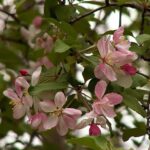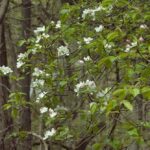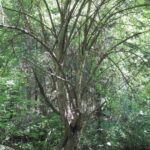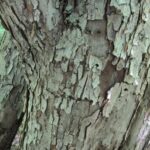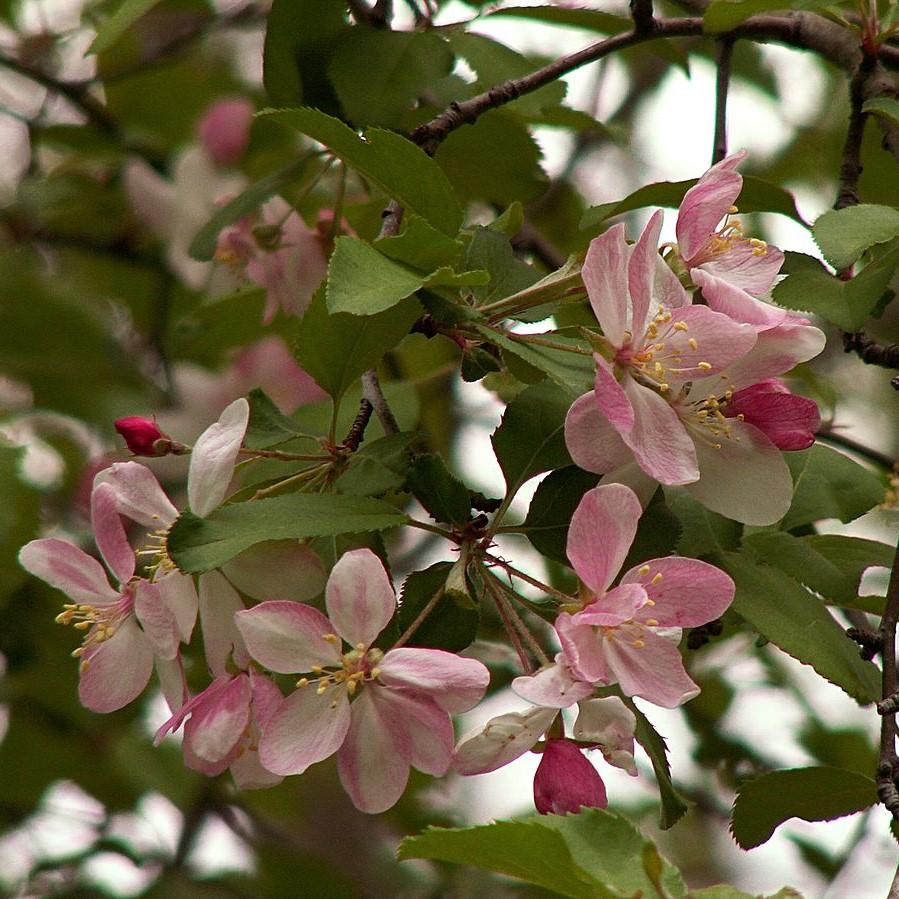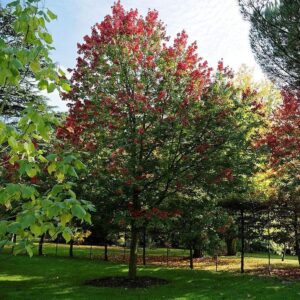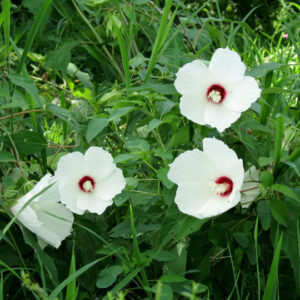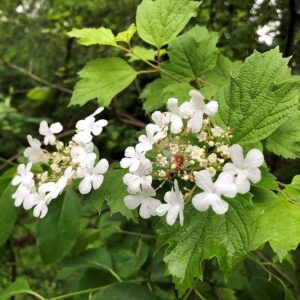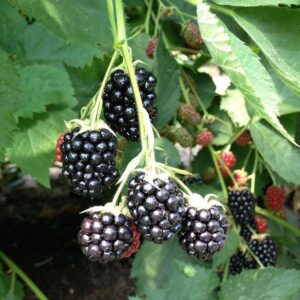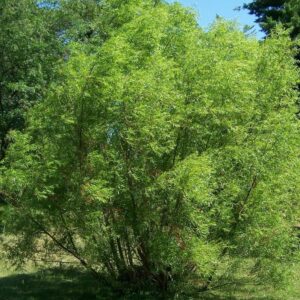Sweet Crabapple is a small native fruiting deciduous tree with a broad open crown and a wonderful spring flower display. The yellow-green foliage with pale green undersides turn yellow in fall. Fragrant pink flowers that fade to white coat the branches in spring attracting butterflies. Despite the name, Sweet Crabapple’s fragrant small yellow fruits are sour and best used for cider. Best fruiting in full sun with moist, slightly acidic, well-drained soil.
|
Type: |
Tree |
|
Origins: |
Northeast N. America |
|
Height: |
15′ – 30′ |
|
Spread: |
20’ – 30′ |
|
Spacing: |
25′ |
|
USDA Hardiness Zone: |
4 – 8 |
|
Culture: |
Full Sun, Part Sun |
|
Bloom Color: |
Pink/White |
|
Season of Interest: |
Spring, Fall |
MAINTENANCE NEEDS: High Maintenance. Water Regularly. Potential issues include apple scab, cedar apple rust, fire blight, leaf spot and and powdery mildew. Possible pests are aphids, maggots, boreres, and spider mites. Most commercially available Apples are grafted onto their rootstock, resulting in dwarf (8-10ft), Semi-dwarf (12-15ft) or standard tree heights all with full sized fruits. Ask the provider the rootstock classification for estimated size. Dwarf stock is easier to maintain and produces fruit at an earlier age.
LANDSCAPE USES: Accents or Group Plantings, Borders, Wildlife Gardens, Shade Tree, Edible Garden, and Container.
COMPANION PLANTS: Apple, Shasta Daisy, Bugleweed
IMAGES: Rob Duval, Malus coronaria, CC BY-SA 3.0, (2) Rob Duval, Malus coronaria1, CC BY-SA 3.0
* As plants have ranges in appearance they may not appear as the images shown.

